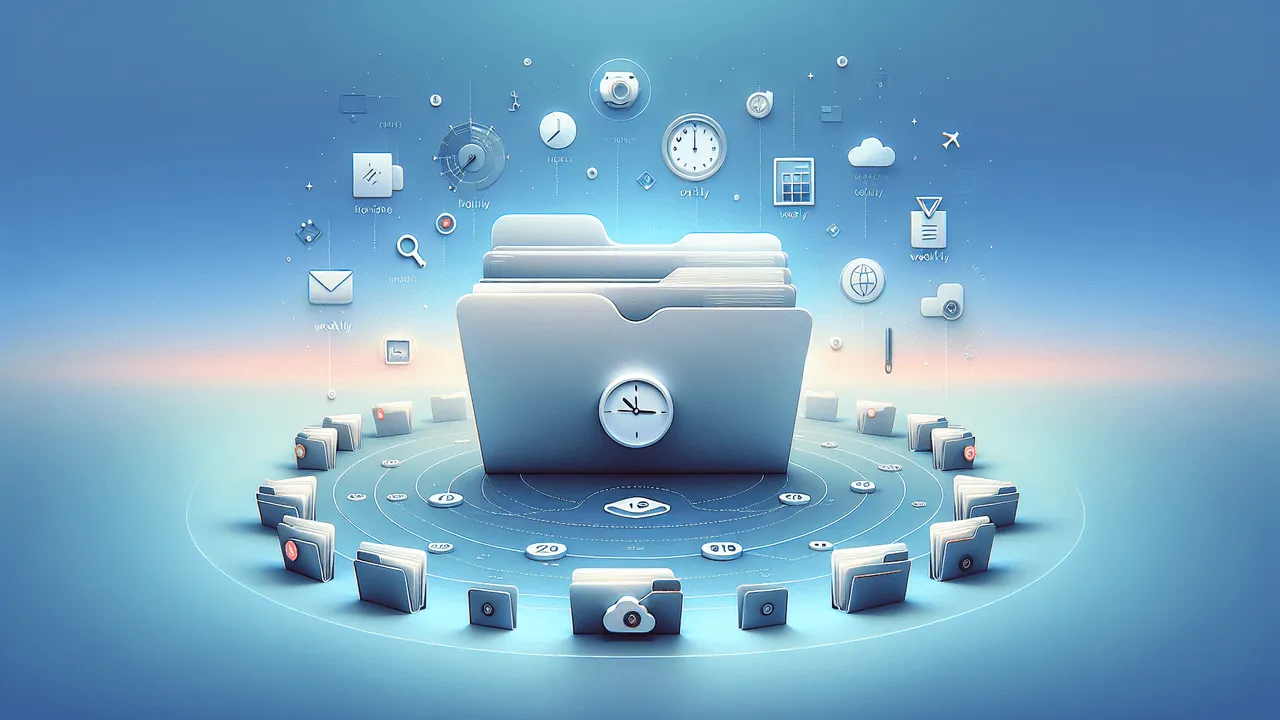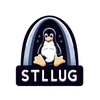June 8, 2022 Meetup
St. Louis Unix Users Group

LDAP
Presented By: Tyler Rudie
noSQL before it was a thing, Lightweight Directory Access Protocol was used to maintain collections of data. Mainly used for authentication and address books. This database is both flexible and frustrating. We will go over connecting to the service, available tools to manage the data, managing the services and considerations required when building a server and dealing with schemas along with an example server for participants to use.
LDAP (Lite-weight Directory Access Protocol) is a software protocol for enabling anyone to locate data about organizations, individuals and other resources such as files and devices in a network -- whether on the public Internet or on a corporate Intranet.
LDAP is a protocol, and Active Directory is a server. LDAP authenticates Active Directory – it's a set of guidelines to send and receive information (like usernames and passwords) to Active Directory.
Kerberos is used to manage credentials securely (authentication) while LDAP is used for holding authoritative information about the accounts, such as what they're allowed to access (authorization), the user's full name and uid.
Spread the word

@TuxFan • 1h ago
🚀 Join us on 2022-06-08 for an exciting presentation by Tyler Rudie on LDAP! Learn how LDAP was the noSQL before it was a thing, and dive into its applications for authentication and address books. Don't miss it! #LDAP #Authentication #SLUUG https://www.meetup.com/saint-louis-unix-users-group/events/286426473/
rsnapshot
Presented By: Lee Lammert
There are thousands of way to backup files, but only a few that efficiently manage revisions over time.
rsnapshot is standard tool in almost any distro repos that uses rsync and ssh to backup files to a remote system, and also allows configuration of any number of backed up versions, such as:
- hourly
- daily
- weekly
- monthly
- yearly
Each of these [file] shapshots uses hard linking to efficiently save an
exact copy of the original system image at the time point it is created.
Be sure to tune in and see exactly how it works, how to setup, andexamples of systems in use.
Spread the word

@OpenSourceAdvocate • 1h ago
Join us on 2022-06-08 for an insightful presentation by Lee Lammert on rsnapshot! Discover how this powerful tool uses rsync and ssh to create efficient, configurable backups. Don't miss it! #backup #rsnapshot #SLUUG https://www.meetup.com/saint-louis-unix-users-group/events/286426473/
Meeting Agenda
At 6:00p.m. Central Time the meeting opens. Participants are encouraged to join at this time to if they need to test their microphone, screen sharing, and video camera.
At 6:30p.m. Central Time we begin with our BASE presentation. The BASE presentation is intended to be an introductory level session ( often focused on personal computing ); which may include either amazing graphical packages, blinking lights, command line wonders, demonstrations of useful applications, displays of newly discovered web sites, major resolution of long standing anomalies, quantum discoveries, smoke and mirrors, superb tutorials, or shifts in both time and space.
At 7:00p.m. Central Time we attempt a quick welcome, introductions, announcements, current events of interest, and a general CALL FOR HELP (Questions and Answers) segment.
At 7:15p.m. Central Time the MAIN presentation begins. The MAIN presentation is intended to be something more advanced, detailed, important, new, profound, significant, timely or useful and is often focused on enterprise computing.


